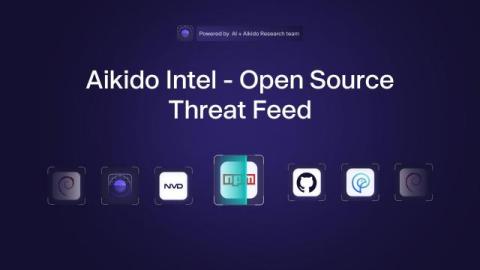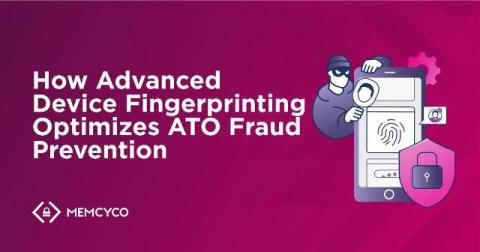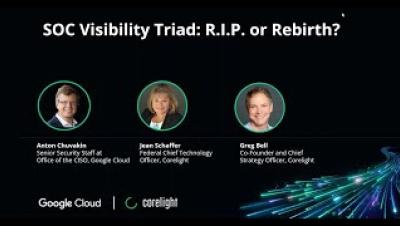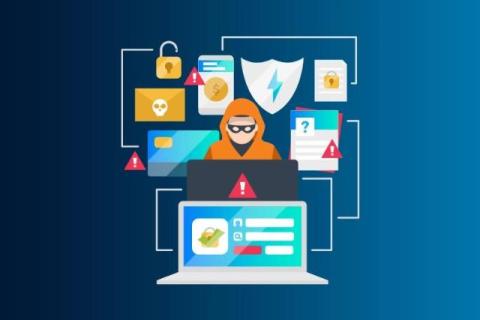IAM vs PAM: What's the Difference?
The main difference between Identity and Access Management (IAM) and Privileged Access Management (PAM) is that IAM manages who has access to which resources, while PAM secures access to sensitive information. IAM involves solely user identities, and PAM falls under the umbrella of IAM by monitoring user identities with access to privileged data. Continue reading to learn more about IAM and PAM, their key differences and when to implement them in your organization.











